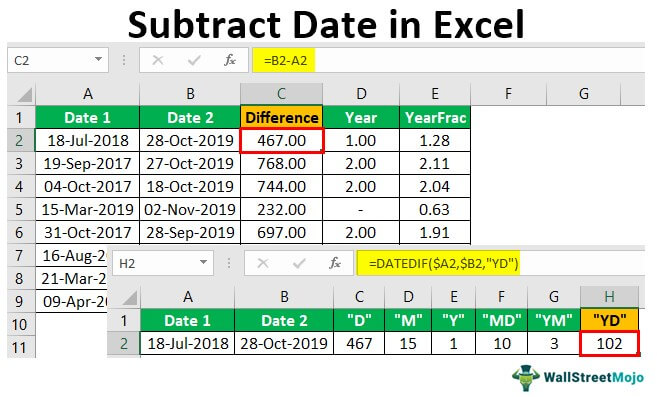The Essentials of Microlearning Design

Many companies condense their existing digital learning classes to create microlearning, which is the wrong approach. Certain characteristics must be a part of every microlearning bit you create, or else you run the risk of creating ineffective microlearning. In this article, we’ll discuss these characteristics.
1. Address only one objective
One of the essential core values of microlearning is that it is concentrated and focused. Thus, every microlearning bit or unit must adhere to a single academic performance-based objective, such as teaching the learner how to perform a single task, which could be part of a larger set of skills. Because each microlearning bit targets only one learning objective, cognitive overload on the learner is reduced. Learners also remember each objective specifically, which boosts retention and application of the task, while helping fight the forgetting curve.
2. Use content in existing courses
The microlearning content that you create should not be a condensed version of your existing digital learning class. Collecting and curating all new content for your microlearning bits can be time-consuming, which sort of defeats the purpose of microlearning, as it is supposed to be developed quickly. Thus, it is okay to leverage bits of existing content to create microlearning, such as PPTs, PDFs, videos, and the like. Taking bits of content from existing classes is a characteristic of excellent microlearning.
3. Your design should be minimalistic
Although microlearning does utilize high-quality videos as well as high-definition graphics, images, and visuals, it must follow a minimalistic creation with crisp, minimal text, and only relevant visuals to go with it. Don’t include any elements that do not add to the teaching and learning process and clutter the screen.
4. Your content should be actionable and concise
Microlearning bits should take less than five minutes to complete. Microlearning must also be useful in addition to being short and sweet. Don’t just create microlearning for the sake of it. Microlearning is a learning strategy for the contemporary learner. It must instruct learners without burning them out. This is a fine line to walk, as rigor is needed to create positive learner outcomes. Just trust your judgment, and you will be fine.
5. Use multiple formats
The power of microlearning lies with its ability to work in several formats. Use interactive PDFs, podcasts, and microlearning formats to create variety and engage learners. However, always remember that form follows function. Employ the format that is best suited to explain a specific piece of knowledge and skills to learners.
6. Don’t forget about mobile learning
In the contemporary context, there is no point in implementing microlearning without mobile learning. Microlearning bits work best when the learner can access them at a time and place of their choosing—an option that mobile learning provides. Many microlearning formats, such as microlearning videos, and gamified simulations work best on a mobile screen. You can create microlearning so it runs on all devices but make it mobile-first.
7. Don’t forget about just-in-time learning
Another reason microlearning is so popular among contemporary learners is its ability to provide just-in-time learning. As microlearning bits are five minutes long, they can be consumed just before applying the skill they teach the learner—for instance, learning how to behave in a meeting just before a meeting. Thus, your microlearning lesson must cater to learners looking to perform a specific task or looking to apply a specific skill or piece of knowledge and skills. Ensure all the lessons are available to the learners to be consumed in one place, preferably a learning app.
Concluding thoughts
Remembering these seven characteristics of microlearning will increase the chances of your microlearning program being a success. Stay abreast of any new developments or trends in microlearning to ensure you only provide the best learning and development for your employees. Do you have any additional tips, techniques, or strategies that you would like to share with our readers? If so, leave them in the comment section below.





